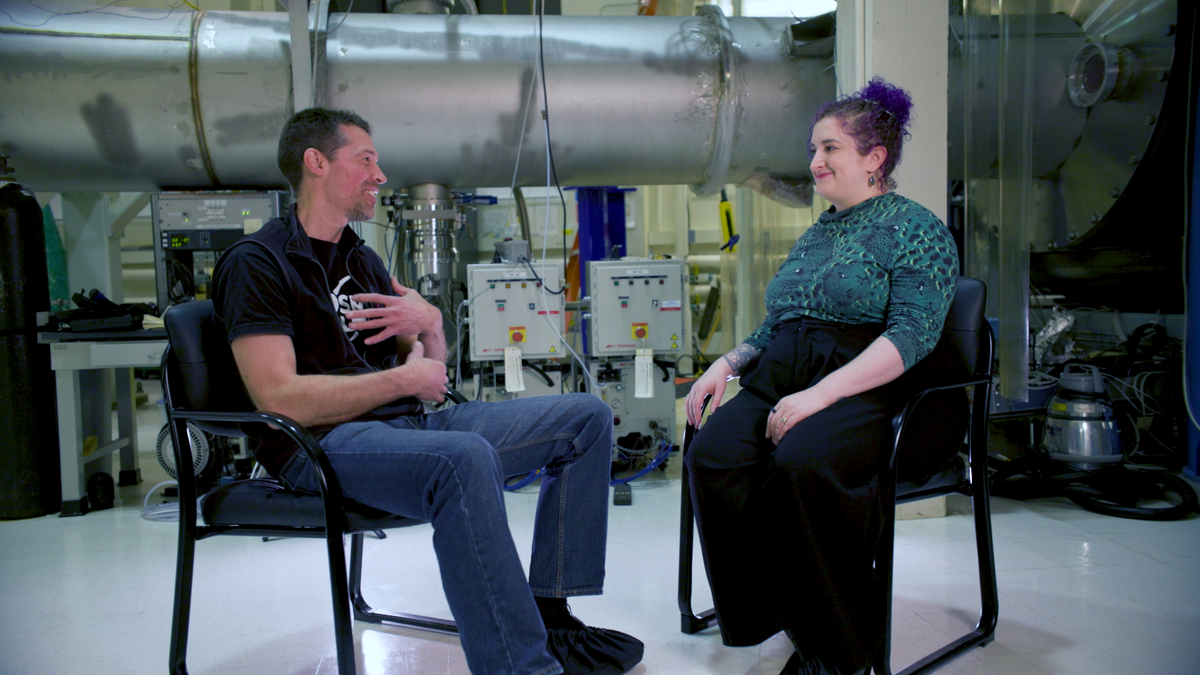Now Reading: Cosmic Explorer: Advancing Gravitational-Wave Research with Laser Innovations
-
01
Cosmic Explorer: Advancing Gravitational-Wave Research with Laser Innovations
Cosmic Explorer: Advancing Gravitational-Wave Research with Laser Innovations

Fast Summary
- Scientific American’s Rachel Feltman took a field trip to MIT’s LIGO Lab, where Matthew Evans explained advancements in gravitational-wave detection technology.
- Gravitational waves were first detected by the Advanced LIGO detectors in 2015 and announced in 2016. thes are ripples in spacetime, measured using highly sensitive laser interferometers with mirrors separated by 4 kilometers.
- Prototypes and components of these detectors are developed at labs such as MIT and Caltech before being sent to observatories located in Washington State and Louisiana.
- Current instruments can measure mirror movements on a scale as small as one thousandth the size of a proton (10⁻¹⁸ meters). Incremental upgrades like better mirrors and quantum squeezed light sources aim to enhance sensitivity further.
- Newer tech like Cosmic Explorer-a supersized detector proposed for the early 2030s-could amplify sensitivity tenfold, enabling detection from across the universe.
- Gravitational-wave studies aim to uncover insights into stellar remnants (e.g., black holes, neutron stars) while drawing connections from the earliest star formations to modern-day systems.
- Research collaborations span global scientific communities involving approximately 2,000 contributors; however, hands-on adjustments come down to smaller localized teams of students/postdocs working at these facilities.
Read more: Science Quickly via Scientific american
Indian Opinion Analysis
Gravitational-wave research symbolizes human ambition for understanding universal mechanics that extend back billions of years-a pursuit far removed yet connected deeply with Earth’s foundational science principles. For India specifically: It highlights inspirations within interdisciplinary physics (such as optics or quantum facts processing), offering critical lessons for shaping its nascent space-science or instrumentation collaborations forward.
India’s own initiatives like LIGO india provide hopeful templates leveraging similar breakthroughs domestically crafted under severe timelines ahead to (e.g protocols safe fabricated labs). Secondly possible applications crossfields boosting next-gen AI computing tighter laser-beam precision spin-offs.

























